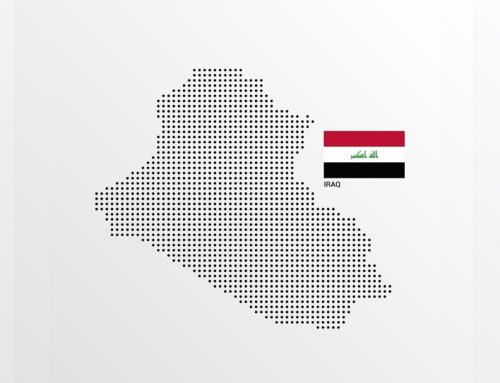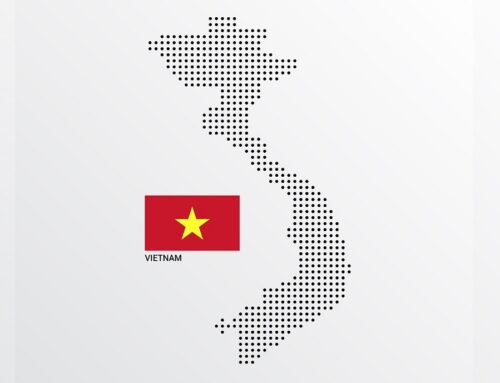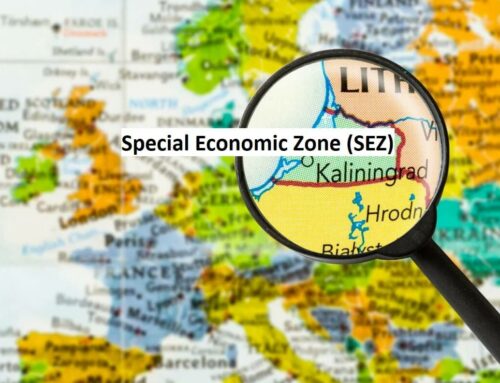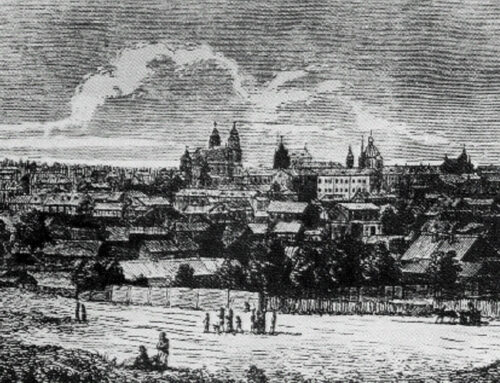United Nations’ Sustainable Development Goal 4 (SDG 4) (1) envisions unrestricted access for all men and women to affordable and quality education and assurance that all learners acquire the knowledge and skills needed to promote sustainable development by 2030. The Republic of Macedonia, with its demographic composition, has perhaps the greatest capacity of all the Balkan countries to develop an educational system that would be a model for inclusion and sustainable coexistence for the other countries to follow, but at the same time is facing quite unique obstacles that stay in the way of a more significant progress in this field.
Despite the major educational reforms the system had undertaken in the past decade (2) and the large investments entering Macedonian education, the country still lacks focus on quality and sustainability. According to the Organisation for Economic Co-operation and Development (OECD), although “[t]he percentage of students attending government or public schools is one of the highest among PISA-participating countries and economies (98.9 %, rank 5/67, 2015)” (3) the average performance in science literacy, mathematics and reading of 15-year-olds is lower than the same in OECD countries.
Furthermore, even besides the many attempts, it seems that a more effective measure to tackle the problem with minority inclusion in education has still not been found. According to the Roma Education Fund, “[t]here is virtually no social support promoting wider participation in education [and] administrative barriers for enrolling into preschool and primary education still exist, given that many Roma families lack the necessary documentation and social support from the state” (4).
Nevertheless, there have been initiatives that have, to a degree, been successful in terms of 1) optimising education for future employment, and 2) developing a sense of belonging and tolerance, thus contributing to the achievement of the SDG 4’s targets, even if at times, only at a local level. Given the importance of entrepreneurial education in terms of fostering leadership, initiative, commitment, confidence and responsibility, as well as in terms of developing skills that are on demand in modern society, Macedonian primary and secondary school curricula were modified to include subjects focusing on marketable skills in students. With the initiative initially focused on public secondary schools, it was introduced through the subjects Business and
Entrepreneurship and Innovation and Entrepreneurship in gymnasium and secondary art education, which enabled students to develop an entrepreneurial spirit, innovative thinking and initiative by acquiring knowledge and skills in this area. Starting from 2013, the entrepreneurial curriculum was introduced to the 9th grade of primary schools as well, and the process was finalised in 2014 with the introduction of the subject Innovation to the 9th grade of primary schools (5). By doing so, students were offered a good transition from primary to secondary school, in particular vocational schools where there is still a huge gap between what students bring with them, and what is expected from them at the start of the new educational cycle. On the other hand, entrepreneurial competencies are best acquired through active learner-centred methods and learning activities that use practical learning opportunities from the real world, enabling students to turn ideas into action (6), and with the guided learning process offered by trained teachers, students could channel their creativity and reasoning in developing sustainable skills.
In addition to this, a number of entrepreneurial projects, both national and international (e.g. the entrepreneurial programme by the South East European Centre for Entrepreneurial Learning (SEECEL), Erasmus+ and the science and robotics competitions organised by For Inspiration and Recognition of Science and Technology (FIRST) (7) were received with great interest by students who actively engaged in project-related activities. The Interethnic Integration in Education Project (IIEP) (8), which aimed at developing a sense of belonging and tolerance among students and broad public understanding of the benefits to all citizens that arise from integrating Macedonia’s education system, was organised by USAID and the Ministry of Education and Science and comprised four components, namely 1) community outreach, 2) capacity building of school management and teachers, 3) choosing demonstration schools and 4) providing incentives to schools and communities. Schools were paired based on differences in the ethnic composition of their students, and activities were jointly developed with the purpose of helping students understand the main idea and foster an accepting attitude among them. According to the project coordinators, “[a]chieving and sustaining interethnic integration in education is a complex and long-term process”, and with its five-year programme, the project gave schools and communities the opportunities to engage in a variety of project activities with each phase building critical capacity for subsequent phases thus ensuring a long-term effects and benefits of the project.
With SDG 4 aiming at ensuring education for sustainable development, human rights, gender equality, promotion of a culture of peace and non-violence, global citizenship and appreciation of cultural diversity and of culture’s contribution to sustainable development (9), it is becoming clear that schools should become media for something more than literacy. Schools and all educational institutions should equip their students with the skills necessary to be able to contribute to the achievement of such goals, and, at the same time, skills they could transfer further, thus guaranteeing development, growth and growth sustainability of the society in general.
References:
1 United Nations (UN), About the Sustainable Development Goals, available at: https://www.un.org/sustainabledevelopment/sustainable-development-goals
2 Republic of Macedonia, Ministry of Education and Science (2014), Education for All 2015 National Review to UNESCO
Commission, available at: http://unesdoc.unesco.org/images/0023/002317/231750e.pdf
3 OECD (2015), Education GPS, Former Yugoslav Republic of Macedonia, available at: http://gpseducation.oecd.org/CountryProfile?primaryCountry=MKD&treshold=10&topic=PI
4 Roma Education Fund (2007), Advancing Education of Roma in Macedonia Country Assessment and the Roma Education Fund’s Strategic Directions, available at: https://www.romaeducationfund.org/sites/default/files/publications/macedonia_report.pdf
5 EE-HUB, The Macedonian Entrepreneurial Learning Strategy, available at: http://content.ee-hub.eu/EE-HUB/National-
Policies/The-Macedonian-Entrepreneurial-Learning-Strategy
6 SEECEL, Teacher Training, available at: http://www.seecel.hr/teacher-training-12321
7 For Inspiration and Recognition of Science and Technology (FIRST), available at https://www.firstinspires.org/about/vision-and-mission
8 USAID and Macedonian Civic Education Center, Interethnic Integration in Education Project, available at: http://pmio.mk/about-the-project
9 United Nations (UN), About the Sustainable Development Goals, available at: https://www.un.org/sustainabledevelopment/sustainable-development-goals






Leave A Comment